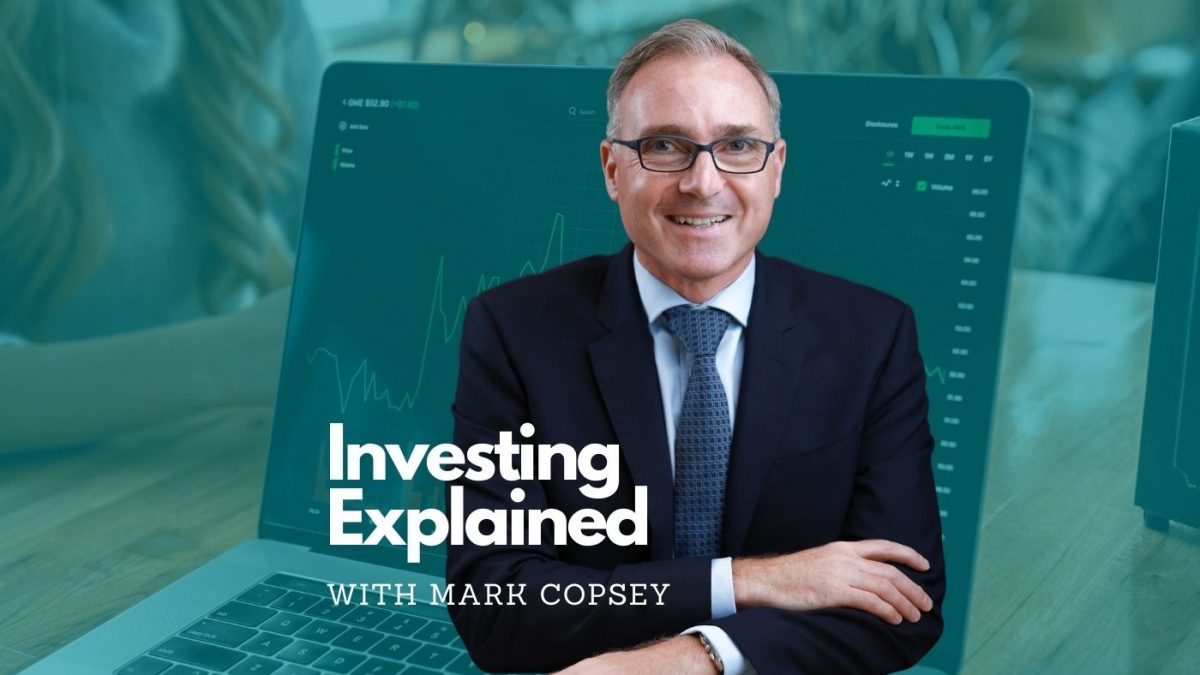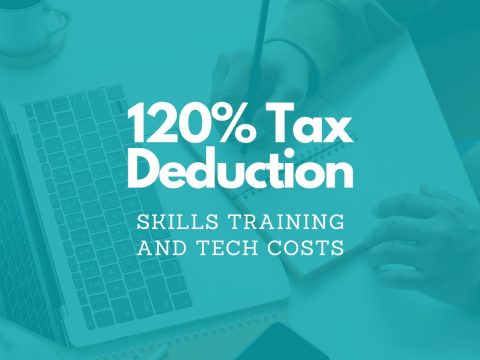A beginner’s guide to investing [Part 1]
By Mark Copsey, Director at Allworths Wealth Management
People are investing more, and from a younger age, which is great to see. The ASX Australian Investor Study of 2020 showed that, of the 6.6m Australians who hold listed investments of any kind, 23% only began investing in just the last 2 years. A further 900k plan on investing for the first time within the next 12 months.
Given all the enthusiasm, we wanted to kick off this series for intending or new investors looking to invest for the first time. Please feel free to share this post with a new or young aspiring investor you know!
You won’t make money saving money
Today’s interest rates on savings are the perfect incentive to start investing. Entering FY22, they are at a record low, providing little reason to put your money in the bank because you’re simply not going to make any money with it sitting there.
With Australia’s increasing inflation, these low interest rates essentially mean you will be losing money over time by leaving it in the bank, as the real value (purchasing power) of your money will not rise but actually fall.
This would be a key driver behind the increasing interest in investing, which is understandable. Not all investing is risky, but the first step is understanding just how much risk you’re prepared to handle.
Understand your investor profile
“Know thyself” – ancient advice that rings true here. What type of investor are you – ‘really’? Can you stomach the rises and dramatic falls of the share market and do you understand this is a long-term investment? Would you prefer to be more defensive with your investments? If so, will you understand and be content when your returns are comparatively lower?
It’s worth looking at your savings and current income, so you can start to make a budget for your investing activities. Investing can of course lead to losing money (or at least the value of your investments being down just when you need the funds), so thinking about what you’re happy to lose is a key part of determining your risk tolerance.
I also encourage you to also think about your personal goals, and particularly what major expenses you have coming up. These could include wanting to be a homeowner in 10 years, putting your kids through private schools, or simply purchasing a new car this year. These considerations dictate your time horizon, the time period over which you expect to hold your investment(s), and will have an impact on the types of investments you should be making.
To understand your investor profile, you could try one of many quizzes on the Internet. The Motley Fool’s quiz for new investors is a good place to start. It will assist you in establishing your comfort level with high risk investments, or help determine that you’re more conservative in your approach. It may be worth doing two or three different quizzes to confirm the results are similar.
OK so now that you have a better understanding of what type of investor you are, you can start to think about the types of investments that fit your profile.
Generally investor profiles fall into 4 or 5 categories:
| Profile Type | Time Frame | Defensive Assets | Growth Assets |
| Conservative | 3 years | 85% | 15% |
| Cautious or moderately conservative | 3+ years | 70% | 30% |
| Balanced or moderate | 5+ years | 50% | 50% |
| Growth or moderately aggressive | 5-10 years | 30% | 70% |
| Aggressive | 10+ years | 10% | 90% |
Now you are ready to start thinking about building a portfolio. For this, an understanding of what types of investments fall under defensive and growth is required.
| Defensive Examples | Growth Examples |
| Cash | Property Australian and Global |
| Australian Fixed Income/Bonds | Australian Equities |
| International Fixed Income/Bonds | International Equities |
| Emerging Market Equities | |
| Private Equity | |
| Crypto |
We’ll look at some specific assets in the coming months…
If you feel ready to take the next step, and have taken on professional advice to the extent you feel is necessary, let’s start to look at the steps involved in making your first foray into investing…
Find a cheap broker
Having a broker with low fees and a wide range of products will save you money with every transaction. There’s no sense in forking out for excessive costs unnecessarily and eroding your returns. There are many great resources to learn more about and compare different brokers. Here’s one from Stockbrokers.com with a Top-5 list for Australia and a comparison across 9 different providers.
ETFs are probably a good starting point
Although we don’t want to deep dive into specific asset classes in this first post, you probably want to read up on ETFs regardless of your investor profile.
We consider Exchange-Traded Funds (ETFs) to be a great tool because they represent a basket of securities that trade on the share market like any other individual stock. They’re a great way to get diversified (somewhat safer) exposure across an industry or area of personal interest to you (e.g. high tech US stocks, or sustainable companies, etc.). I delve into ETFs in one of my previous blog posts, which you can find here.
Start sooner rather than later
We’ve all heard of compound interest and understand the general gist of it; the earlier you begin investing, the more you will accumulate. This is so important to realise and take advantage of. Starting in your twenties with less will almost certainly amount to more over time than if you begin in your thirties with larger amounts.
Especially in the current economic climate, doing nothing should not be an option. The earlier you put your money to work the better for your retirement.
Consistently save
Whilst there are huge benefits to investing, I want to emphasise that you should always be consistently saving if you have the means to do so. Anything can happen and you may suddenly require large sums of money; unexpected medical costs, car repairs, vet bills, rent money in the case of sudden unemployment – it’s all sadly possible!
There are also fun reasons to save, like a family holiday (once they’re legal again) or a fancy graduation present for your child – it’s important to have a consistent saving discipline.
Consistently invest
Along with saving every month, investing every month can be a safe bet against the risk of bad timing. Having a consistent and disciplined strategy with how much you invest each month will take the onus off you trying to invest at the perfect time.
By setting out a monthly budget for yourself and investing frequently, you’ll be able to integrate dollar-cost averaging into your investing. This article outlines exactly what that is and why consistent investing can be so beneficial in the long run.
Various investing apps can set up auto investments for you just like a direct debit facility, and you might even be interested in ‘roundup’ features like on Raiz, where you can invest dollars and cents with every single purchase you make.
Just like saving with discipline, investing with consistency makes a huge difference over time.
That’s probably enough for Part 1 – I’ll be back next month looking at some specific asset classes and how to get started in earnest.
If you have any comments or questions, I would love to hear from you.
IMPORTANT NOTICE
This blog post contains general information only and has been prepared by Allworths without reference to your objectives, financial situation or needs. Allworths cannot guarantee the accuracy, completeness or timeliness of the information contained here. By making this information available to you, we are not providing professional advice or recommendations. Before acting on any of the information contained here, you should seek professional advice.
Allworths Wealth Management Pty Limited (AFSL 457 155) is the Wealth Management arm of Allworths Chartered Accountants. For further information, please contact us on (02) 9264 6733 or email growth@allworths.com.au.




